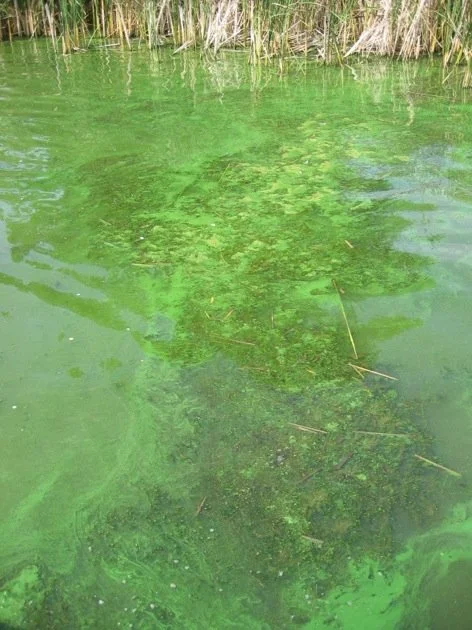Ten Idaho Lakes Currently Have Toxic Algae Blooms-What??
Yesterday, the city of Boise closed one of the ponds in its new Esther Simplot Park because of a toxic algae (or algal) bloom. The announcement about the closure explains, "water samples have tested positive for algae species known to be toxic and potentially fatal if ingested." People are instructed not to wade, swim or in any way consume the water. And pets should not drink from it.This might be where you logically stop and say "WHAT?! The water in a pond in a city park in Idaho's largest urban area could kill me?" And you'd be right to be shocked and dismayed. Potentially more dismaying is that Boise residents aren't alone.There are currently ten active harmful algae bloom advisories in Idaho. They span the entire state. One began in June, five began in July, and three began in August.
What Is an Algae Bloom? Why Are They Popping Up Everywhere?
There are actually multiple types of toxic algae, all commonly referred to as blue-green algae. Blooms of toxic algae form under a variety of environmental conditions, but warm water and excessive amounts of nutrients like nitrogen and phosphorus play some of the biggest roles. Anywhere nutrients enter a warm body of water can be susceptible to these blooms, which is why we see warnings from all over Idaho.Models predict that the future holds a lot more of the record-breaking heat Idaho experienced this summer. Among other problems, that creates warm water. Add the massive amount of nitrogen and phosphorous found in fertilizers in our largely agricultural state and we can expect lots more toxic algae blooms in the future.
What Can You Do?
Between water that can kill you and smoky air that can smother you-it could be easy to feel overwhelmed and not do anything. But don't. Please don't. Instead, we need to respond and figure out a path forward.ICL works on energy policies to stop and reverse the warming of our climate, and we work to protect Idaho's lakes and streams in the face of climate change. But it is everyone's job to take action to address climate impacts head on.Kudos to the city of Boise for catching this algae bloom so early. That didn't happen by accident. The city funds and staffs water quality monitoring. Idaho Department of Environmental Quality, regional health districts and municipalities also test water quality all over the state. But as DEQ acknowledges, only "a fraction of all Idaho water bodies are monitored due to limited physical and monetary resources."This is where your job starts.Call your local public works office and ask about water quality monitoring. Call, write or visit your mayors, commissioners, council members and legislators and ask that water quality monitoring programs receive the funding they need to keep people safe. The more decision makers hear from you, the more likely they are to prioritize the funding.Meanwhile, check DEQ's website before heading into your favorite swimming hole. And check out the Idaho Department of Health and Welfare's toxic algae bloom information page to learn more.

